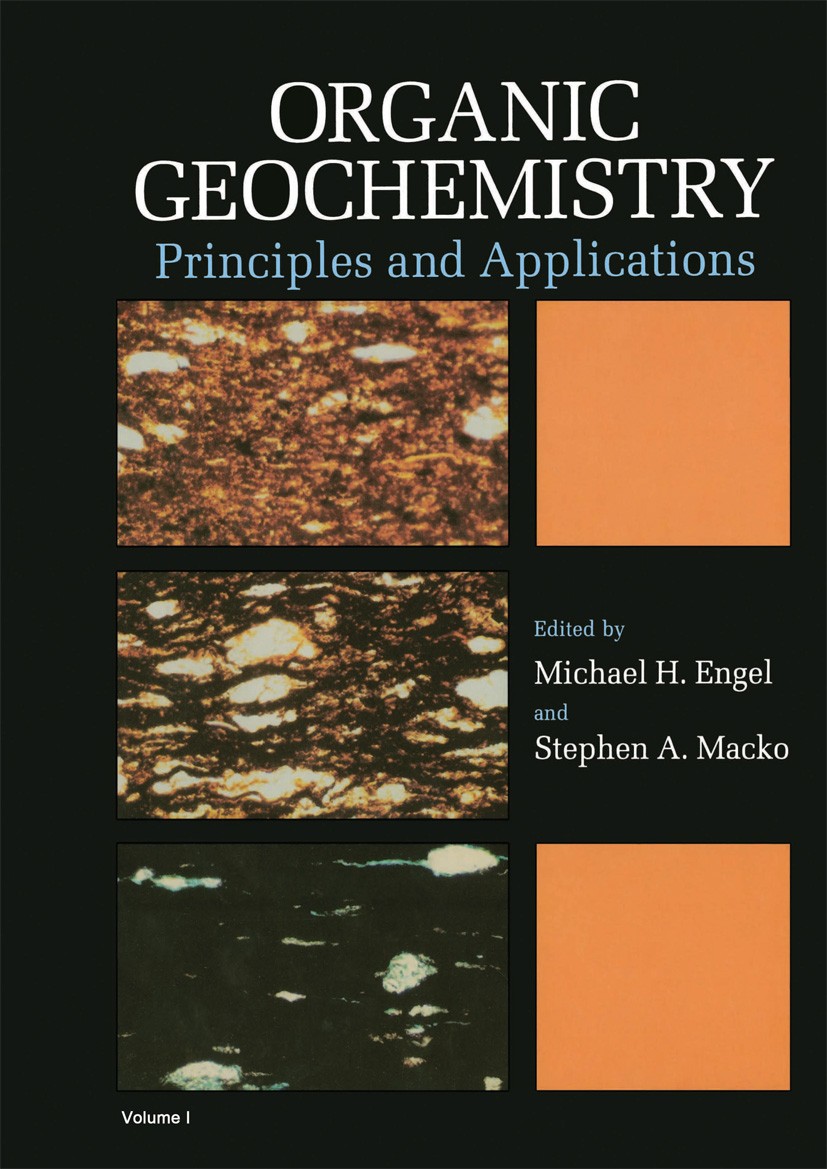Biodegradation sequence of coal organic matter and mechanism of biomethane formation in secondary biogenic gas accumulation areas
IF 2.5
3区 地球科学
Q2 GEOCHEMISTRY & GEOPHYSICS
引用次数: 0
Abstract
Laboratory biodegradation experiments of organic matter (OM) in coal provide a theoretical foundation for comprehending the formation of secondary biogenic gas (SBG). However, limited research has been conducted on the microbial degradation extent and sequence of OM degradation experienced by underground coal seams throughout geological history. This study analyzes underground coal samples from the typical SBG accumulation areas in the Ordos Basin to investigate the origin and composition of OM in coal as well as their contributions to SBG formation. The findings indicate that terrigenous input is the primary source of OM in coal in these regions, which has undergone varying degrees of biodegradation. Notably, there are significant differences in the degree of biodegradation between saturated and aromatic hydrocarbons. Saturated hydrocarbons show PM grade 4–5 degradation while aromatics demonstrate PM grade 5–7 degradation. Aromatics display a higher susceptibility to biodegradation compared to saturated hydrocarbons, which differs significantly from crude oil. The degradation susceptibility sequence for saturated hydrocarbons is as follows: n-alkane > sterane > hopane. The biodegradation susceptibility of aromatic hydrocarbons depends on both the number of aromatic rings and alkyl-substituents; those with fewer rings and alkyl-substituents degrade more rapidly. Biodegradation of OM in coal plays a crucial role in SBG generation; however, a high degree of OM biodegradation does not necessarily correlate with greater accumulation of SBG due to other factors such as tectonic fractures and hydrogeological conditions that affect its preservation.
次生生物气聚集区煤有机质生物降解序列与生物甲烷形成机制
煤中有机质(OM)的室内生物降解实验为理解次生生物气的形成提供了理论基础。然而,在整个地质历史中,对地下煤层有机质的微生物降解程度和降解顺序的研究却很少。本文对鄂尔多斯盆地典型SBG聚集区的地下煤样进行了分析,探讨了煤中OM的来源、组成及其对SBG形成的贡献。研究结果表明,陆源输入是这些地区煤中有机质的主要来源,煤中有机质经历了不同程度的生物降解。值得注意的是,饱和烃和芳烃的生物降解程度存在显著差异。饱和烃表现为4-5级PM降解,芳烃表现为5-7级PM降解。芳烃与原油相比,具有较高的生物降解敏感性。饱和烃的降解敏感性顺序为:正构烷烃;泼尼松龙比;藿烷。芳烃的生物降解敏感性取决于芳烃环的数量和烷基取代基的数量;环和烷基取代基较少的化合物降解更快。煤中OM的生物降解在SBG的生成中起着至关重要的作用;然而,由于构造裂缝和水文地质条件等影响其保存的其他因素,OM的高度生物降解并不一定与SBG的大量积累相关。
本文章由计算机程序翻译,如有差异,请以英文原文为准。
求助全文
约1分钟内获得全文
求助全文
来源期刊

Organic Geochemistry
地学-地球化学与地球物理
CiteScore
5.50
自引率
6.70%
发文量
100
审稿时长
61 days
期刊介绍:
Organic Geochemistry serves as the only dedicated medium for the publication of peer-reviewed research on all phases of geochemistry in which organic compounds play a major role. The Editors welcome contributions covering a wide spectrum of subjects in the geosciences broadly based on organic chemistry (including molecular and isotopic geochemistry), and involving geology, biogeochemistry, environmental geochemistry, chemical oceanography and hydrology.
The scope of the journal includes research involving petroleum (including natural gas), coal, organic matter in the aqueous environment and recent sediments, organic-rich rocks and soils and the role of organics in the geochemical cycling of the elements.
Sedimentological, paleontological and organic petrographic studies will also be considered for publication, provided that they are geochemically oriented. Papers cover the full range of research activities in organic geochemistry, and include comprehensive review articles, technical communications, discussion/reply correspondence and short technical notes. Peer-reviews organised through three Chief Editors and a staff of Associate Editors, are conducted by well known, respected scientists from academia, government and industry. The journal also publishes reviews of books, announcements of important conferences and meetings and other matters of direct interest to the organic geochemical community.
 求助内容:
求助内容: 应助结果提醒方式:
应助结果提醒方式:


